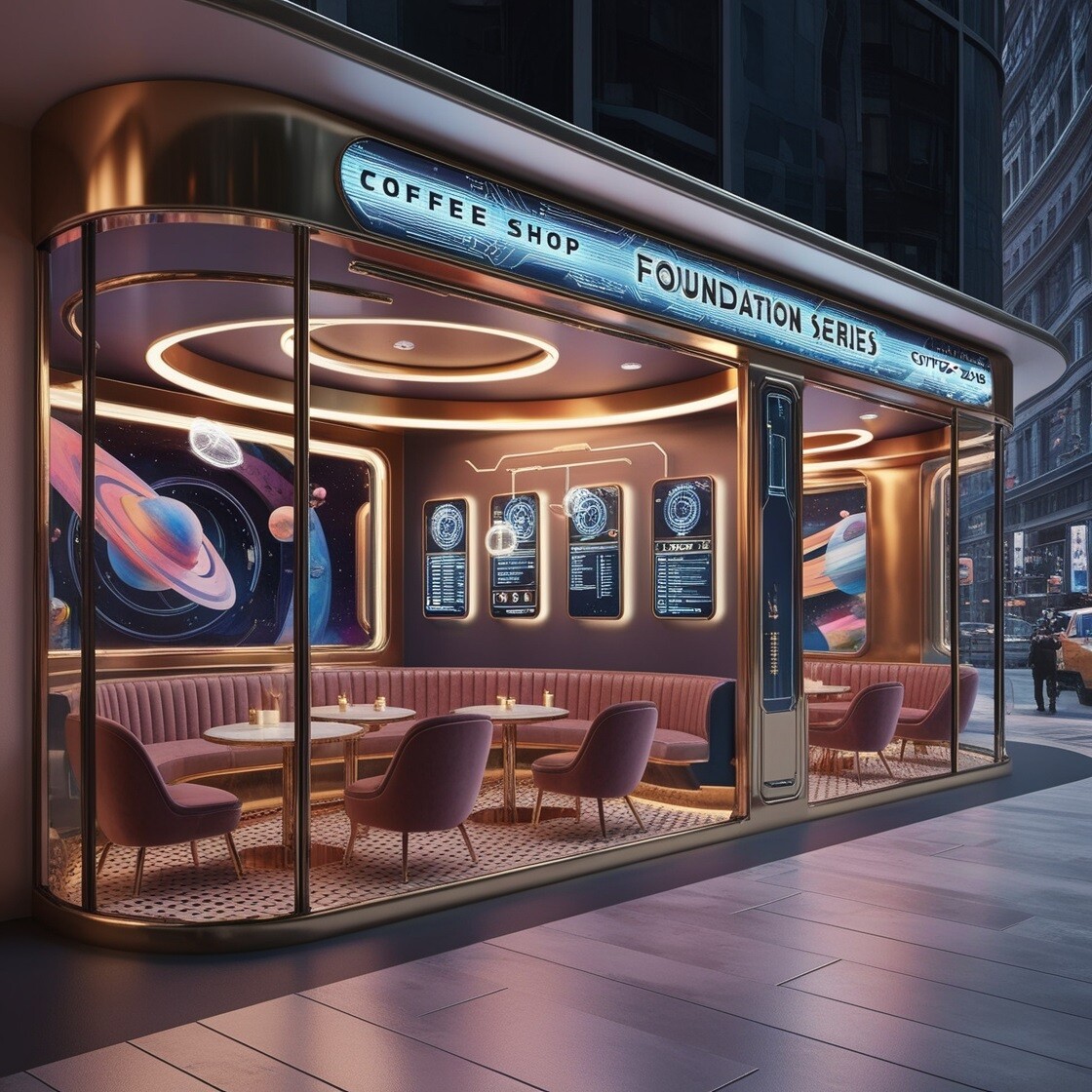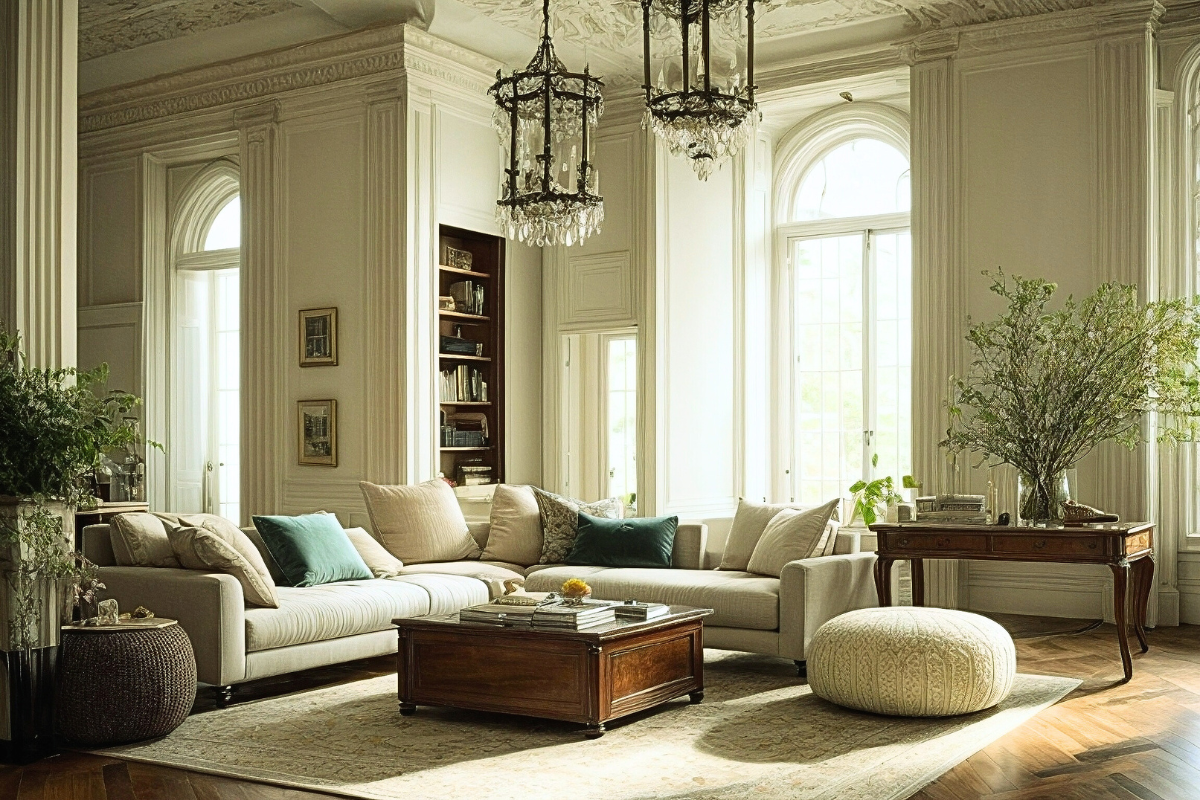- Beyond Aesthetics Playbook
- Posts
- Storytelling in Interior Spaces
Storytelling in Interior Spaces
Enhancing Spaces with Experiential Design
Happy New Year, Design Lover!
January is usually an exciting time in the interior design industry. It is the season when we get trend forecasts showcasing the colours, materials, and styles expected to be popular in the year.
It is also the time many people begin to plan their design projects, especially to refresh their spaces to reflect new strategies or lifestyle choices.
To help you with this, I have a gift for you here. keep reading!
(Was this newsletter forwarded to you? Sign up here.)
"Experiential interiors turn ordinary spaces into extraordinary stories, engaging the senses and creating memories that last a lifetime."
— Unknown

Sauti Kuu Foundation - Rural Transformation Learning Children Learning Centre by Diébédo Francis Kéré & Limo Kipkemoi
The Role of Storytelling in Interior Spaces
Think of a place that made you feel like you would never want to leave. Remember the scents, the ambience, the furniture, and how all the design elements combined made you feel comfortable, safe, relaxed, and happy.
That is the magic of experiential design. It's not just about creating a space, it is about establishing a positive experience that keeps you coming back.
When we think of creating experiences in interior design, most people relate that with hospitality or retail spaces. But, with a global focus on wellness and mental health, creating environments that evoke positive emotions is gaining prominence.
Traditional interior spaces often lack a sense of personality. They are focused on the aesthetics and functionality of the space. That is why every other interior design reveal on social media looks the same.
This is where experiential design comes into play, to encourage positive interactions with the environments we inhabit. By weaving storytelling into the fabric of design, spaces can evoke feel-good emotions, allowing individuals to engage with their surroundings on a more personal level and have a deeper connection with the space.
Why experiential design matters
Traditional design might ask, “Does this look good?” Experiential design asks, “How does this make people feel?” Whether it’s a boutique hotel, a retail store, or your living room, spaces designed with experiences in mind don’t just work; they wow.
Elements such as colour, texture, light, sound, and even scent, design can tell a story that speaks to the soul. This strategy helps cultivate not just a physical setting, but an atmosphere that draws people in, inviting them to share in the narrative.
Take, for instance, an artisanal coffee shop designed with storytelling at its core. Instead of merely serving beverages, the interior is designed to narrate the bean-to-cup journey of coffee—from the coffee plantations of Kenya and Ethiopia to the final product served at the counter.
Visual Storytelling: Walls could feature murals of coffee growers, emphasizing sustainable practices and ethical sourcing. The colour scheme could reflect the various stages of coffee roasting.
Tactile Elements: Textures such as hardwood, leather, or smooth, polished stone evoke the natural environments where coffee is grown.
Ambient Soundscapes & Aroma: Background sounds of coffee grinding and brewing to arouse appetite. The delicious aroma of coffee brewing, cinnamon, and chocolate to stimulate the mind and encourage socialization.
Interactive Displays: A dedicated space could allow customers to learn about different brewing methods, fostering an educational connection that elevates their appreciation for the beverage.
Through these design choices, customers leave not just with their coffee but with a deeper understanding and emotional connection to the product. They become part of the coffee’s story, which encourages loyalty to the brand and transforms a simple transaction into a memorable experience.
Whether it is transforming a house into a sanctuary by using warm colours, natural materials, and personal artifacts, or designing a retail space that inspires loyalty by reflecting the brand’s core values through interactive displays, experiential design is about creating an ambiance that connects.
The best part is that you don’t need to completely overhaul your interiors to create an experiential space. My free eBook, “The Essential Guide to Experiential Design,” gives you the tools to make small changes to your space to achieve the desired effect.
This eBook delves into ten core principles of interior design: space, colour, lighting, furniture, function-driven design, sensory experience, biophilia, balance and harmony, art and decor, and cultural influences.
Each chapter explores the psychological impact of these principles and provides actionable steps to apply them effectively. This eBook is my new year’s gift to you and all of my subscribers.
At Kaleidoscope Living, we offer various design services that can help change your surroundings into a wellness sanctuary.
Catch up with our latest blogs
Thanks for reading!
We’d love to hear from you. Please share your feedback, thoughts and suggestions by replying to this email
If you are considering an interior design project, I’m offering a FREE 30-minute online consultation throughout January. Book your meeting here.
We are working to grow our reach. Please consider subscribing here and sharing this newsletter with your networks.
Stay inspired!


Reply